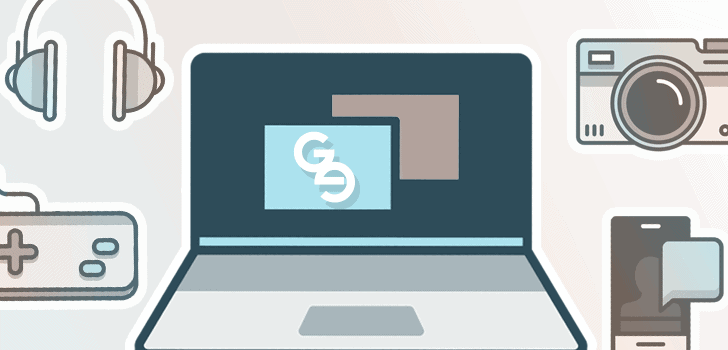I’ll never forget the first computer virus I downloaded. I was 15 and obsessed with chatting with my friends on America Online. Some people aren’t old enough to remember the pre-WiFi, pre-Facebook days of the internet. For those who are, discussions of the buzzy scream of dial-up modems and being kicked off of the internet when someone in the house picked up the phone line bring back fond and frustrating memories.
The internet was much more simple in those days and there was no doubt how I infected my computer. An e-mail from a stranger arrived, promising that if I downloaded the attached file, I could choose various colors for my text in AOL chat rooms.
(Again, for the young ones present, this was before the days of GIFs, emojis, and videos. Being able to chat using a font color other than black was exciting. Don’t judge. One day, when your kids are chatting using 3-D holograms, you’ll know how it feels…)
My excitement quickly turned to horror after the file downloaded and an ominous message started repetitively scrolling down the screen. “THIS IS A TROJAN HORSE VIRUS TARGETED AT AMERICA ONLINE.” Uh, oh.
Two weeks, two angry parents, and one hefty bill later, we got our repaired computer back. I wasn’t allowed to use it for a month.
Modern Internet; Modern Threats
Today, the internet is a faster-moving and more interesting place. From social media to gaming and online shopping, interaction and information is available at our fingertips and at the speed of light.
Unfortunately, this also means that a split-second bad decision can download compromising files to your computer or expose your private information. Sometimes, you’ll be aware that something is amiss, especially if you’ve picked up a piece of ransomware. In other situations, you may continue on, entering bank passwords and personal info without ever being aware that your every online move and keystroke is being tracked. Some of the most common online traps people fall into are:
Insecure Internet Connections
Whether you’re managing your bank and credit card accounts, placing an online shopping order, or logging into your social media accounts, you place a lot of trust in your wireless connection. These days, savvy thieves can easily steal your information over sketchy public WiFi connections.
Hacked Websites
We generally know to be wary of unfamiliar websites when it comes to entering personal information or credit card numbers, but what about well-known sites? Unfortunately, they can also be subject to hacking, leaving their visitors and customers vulnerable to having their information compromised.
Compromised Apps
Hackers and thieves are always on the lookout for a way into your phone, tablet, or computer via the many apps you use. While app designers are constantly updating their products to keep their customers safe, the updates won’t work if they’re not installed. Using old versions of apps is a common way people get hacked.
Kid-Specific Threats
My parents kept a close eye on me as I chatted with Animaniac123 back in the 90’s to ensure that I wasn’t hanging out online with someone dangerous. Today, the dangers to our kids come from every direction – from monsters hoping to victimize them to content that’s anything but kid-friendly. It’s tough for parents to guard against or even know about all of the threats the modern internet poses to kids.
Modern-Day Solutions
With so many potential threats lurking online, it can feel like playing a game of whack-a-mole as you try to protect against them. Antivirus software can help guard your computer, but will you need one for your phone, as well? What about those public internet connections – should you simply avoid them altogether? What if someone compromises your home network or an oft-used website? How can you trust anything on the internet?
This only covers worries about viruses or theft of personal information. All that plus figuring out how to protect your kids can be enough to give most parents an anxiety attack.
Companies like Kaspersky are thinking a dozen steps ahead of the rest of us. With their new Security Cloud solution, they’ve figured out a way to take protection to a new level across various devices. Because it’s cloud-based, the service is tied to you as an individual, rather than an individual device. Its adaptive security monitors all of your online behavior, whether you’re shopping on your phone or surfing on your laptop.
As it tracks your online movements, it protects against a whole host of threats, monitoring for compromised internet connections and hacked websites. It also protects your devices, defending against viruses, phishing, worms, and other threats, as well as reminding you to update outdated apps.
Kaspersky’s Family account even provides protection against the online dangers that threaten our kids – giving parents everywhere a sigh of relief.
The modern internet may be a complex place, but that doesn’t mean that online security has to be. To learn more about Kaspersky’s security solutions, check them out on Twitter at @kaspersky, as well as on their Facebook page.
